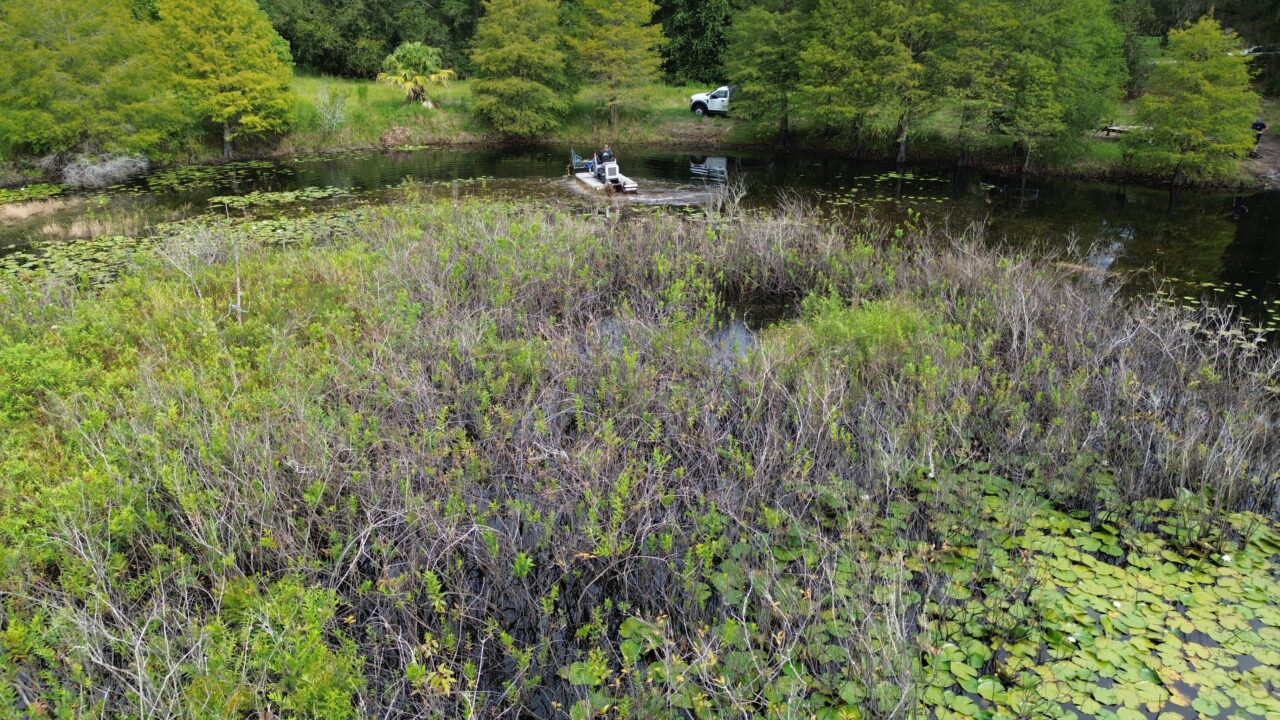Lake Clearing
A serene lake or pond invites you to cast your line for trophy-sized fish or a peaceful boating expedition. However, aquatic weeds and organic debris spoil your waterfront experience.
Muck builds up when preventative measures aren’t taken. This includes sediment, fertilizers, leaves, waste and other organic material. It can also contain toxins and bacteria that contaminate the water.
Sediment Removal
Often, the water in lakes looks brown or murky due to sediment suspended in the water. This sediment comes from the breakdown of leaves and other plant materials. As they break down, they release organic carbon (tannins) that stain the water a light shade of brown.
Over time, sediment accumulation can lower a lake or pond’s depth and reduce its capacity to store water. This can cause problems with navigation and create a safety hazard for boaters and recreational users of the waterway.
Dredging is the process of removing sediment from a body of water to restore water depth and capacity. The dredged sediment is pumped into a dewatering basin and can be sold for use in gardening or agriculture.
Weed Removal
If weeds aren’t controlled, they can overtake a lake’s shoreline and inhibit recreational activities. They also deprive fish of food, suffocate aquatic plants and create a habitat for toxic algae blooms.
To control weeds, experts recommend a combination of techniques, some mechanical and others chemical. Generally speaking, it’s best to avoid removing aquatic plants altogether, as they provide valuable ecosystem functions.
One method is installing a heavy-duty pond liner sheet, which blocks sunlight from reaching the water’s bottom, preventing weeds from photosynthesizing. This is usually done in decorative backyard ponds, but it’s effective in large bodies of water too.
Other methods include using a specialized weed razor that shears the surface of a pond or lake to remove aquatic weeds, such as water lilies and cattails. Another option is hand harvesting of specific weed species, such as variable-leaf pondweed. This typically requires a permit from the Adirondack Park Agency (APA) and is best done by professional scuba divers.
Algae Removal
It’s natural for lakes and ponds to have weeds and algae, but overgrowth can result in murky water and oxygen deprivation. To promote healthy aquatic ecosystems, it’s important to manage weed and algae populations with proper lake clearing.
The most common way to remove weeds and algae is manually. This can include skimming, raking, cutting or vacuuming. Submerged weeds can also be removed by using a rake or hand tool. Floating weeds are typically managed with aeration and promoting water movement. Herbicides can also be used, but they need to be properly applied and monitored.
Chemicals can be more effective for large scale weed and algae removal. Chemical treatments prevent the recurrence of blooms by killing and preventing their spores from forming. Manual removal of plants and algae can be a good short term solution, but the underlying problem will continue to return without other preventative measures. A more permanent solution is to alter the nutrient cycle by reducing phosphorus inflow.
Southern Turf can clean out your pond or lake and create the serene atmosphere you are looking for. Give us a call today!
lake clearing pond clearing weed removal
Last modified: October 23, 2023




